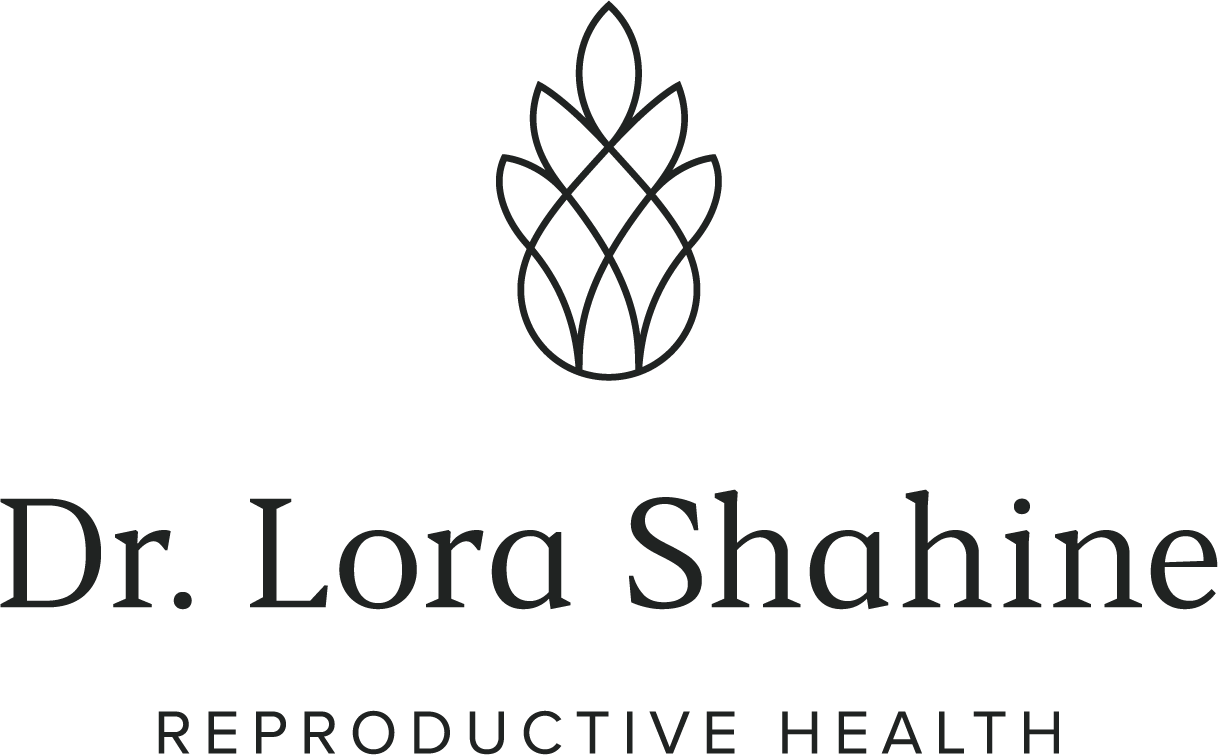Tips for Lesbian Family Building
Let’s talk about the steps to get started with lesbian baby-making.
Before diving in further, I want to acknowledge that not everyone with a uterus identifies as a woman. When I use the term lesbian in this blog post, I’m referring to two people with up to two uteruses or four ovaries.
If you’re part of a couple with uteruses or ovaries and want to start a family, this post is for you! Congratulations on this exciting time.
#1 - Think about your goals.
Talk with your partner about goals before making an appointment with a fertility clinic. Questions to explore might include:
When do you want to get pregnant?
Whose eggs do you want to use?
Who wants to carry the pregnancy?
There are so many family-building options for lesbians. It’s okay to think about what your goals are. Sometimes I have couples who want to be pregnant at the same time. Other times, people want to do reciprocal IVF, where one person provides eggs, and the other carries the pregnancy. Sometimes one person wants to get pregnant with their eggs and needs donor sperm.
Consider both your personal goals and your partner's goals. It’s helpful to think through goals as you start your family building.
#2 - Think about the “how.”
Do you want to work with a fertility clinic? Do you want to work with a midwife? Do you want to try to do inseminations at home?
I recommend working with a fertility clinic because we help think about the big picture with family-building. We’ll walk through your goals and share different care options specific to your reproductive health.
There’s a misconception that a fertility clinic automatically means IVF. That’s not the case at all. Visit with a fertility doctor to talk about options available at the clinic, and see what feels best for you.
#3 - Consider testing.
If you’ve never tried to get pregnant before, don’t assume that your fertility will be smooth sailing. Building a family is an investment (sperm, time to conceive, and more), and it helps to do initial testing upfront before putting too much into the process. Testing is especially important if the individual who’s trying to conceive is over the age of 35 since fertility decreases with age.
Your primary care doctor or a fertility clinic can conduct testing for you. It helps ensure you’re as healthy as possible before building your family. It might be nice to see the status of your ovarian reserve, ensure your fallopian tubes are open, and evaluate for factors that might impact success.
#4 - Think about how you’ll choose sperm.
Some people feel strongly about choosing sperm from a known donor. However, most of my patients use anonymous donor sperm from a sperm bank. There are pros and cons to both options.
With a known donor, you’ll hopefully know the individual’s family history, genes, and overall health. The downside is that a known donor must undergo testing, including sperm counts and STIs, which can take time. There are also variabilities with the success of that testing, and you risk someone not being a good donor candidate.
There are also potential legal implications with a known donor if the sperm results in a child. A reproductive lawyer can help you prepare legal documents to protect all parties’ interests.
Using anonymous donor sperm from a sperm bank has many pros. The testing is done in advance. The required quarantine for the donor is also complete. The sperm is ready to use. It’s also a quicker process.
Known versus anonymous sperm donations both have their pros and cons. Think through which option is best for your family.
#5 - Familiarize yourself with treatment options.
As mentioned earlier, there are many options available to you. It can be empowering to familiarize yourself with various forms of treatment.
Intrauterine insemination (IUI) involves thawing and placing sperm in the uterine cavity around ovulation. It’s simple, low cost, and low tech. I’m always so hopeful that it works for my patients, but the chances of IUI resulting in a live birth is typically 10-20% depending on many factors.
Some patients go straight to IVF, which is more complicated and costly but has a higher success rate. If there’s tubal disease, IVF is a way to bypass fallopian tubes. Reciprocal IVF is another option where both parties can share in the family-building experience.
I hope this post was helpful. If you have any questions or comments, check out my YouTube video on this topic. I also have a video on five lessons I’ve learned from helping lesbians build families, which you might enjoy.


